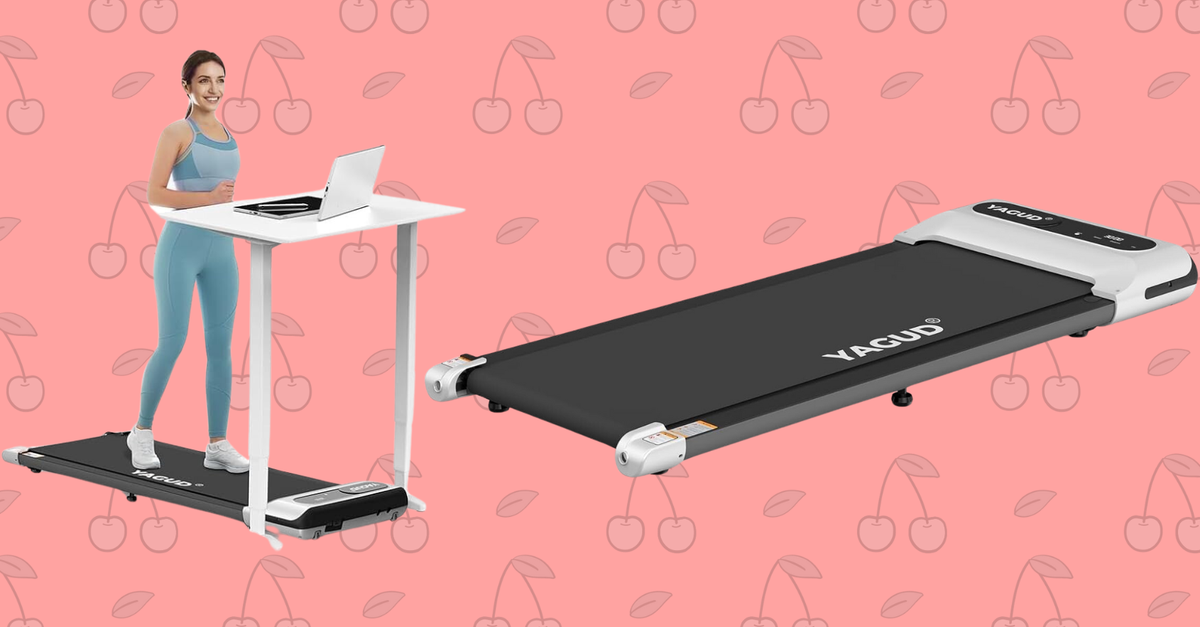Listen to Story Indian scientists have developed a new technique in 3D printing and dental restoration that is a step forward in dentistry. Known as Photoinduced Radical Polymerisation (PRP), this light-activated chemical process is a sustainable and cost-effective alternative that holds great promise in 3D printing and dental fillings. The Photoinduced Radical Polymerisation (PRP) process is a new method combining two advanced techniques to create stronger, longer-lasting materials.
It works by using light to trigger a reaction that bonds molecules together, forming a solid material without needing any heat. This process depends on a special ingredient called a "photoinitiator," which, when it absorbs light, sets off the reaction. By skipping the need for heat, this technique is safer, more efficient, and environmentally friendly, making it useful in areas like dentistry, 3D printing, and more.
The research , led by Dr Ajoy Kapat, Assistant Professor at the School of Natural Sciences, Shiv Nadar University, centres on a new "co-initiator" that improves the efficiency of PRP, making it an eco-friendly option with versatile applications. PRP is gaining popularity due to its simplicity, low energy requirements, and environmentally friendly approach. Unlike conventional methods, PRP does not need solvents or heat, making it a safe and sustainable option for modern applications.
PRP is gaining popularity due to its simplicity, low energy requirements, and environmentally friendly.


















